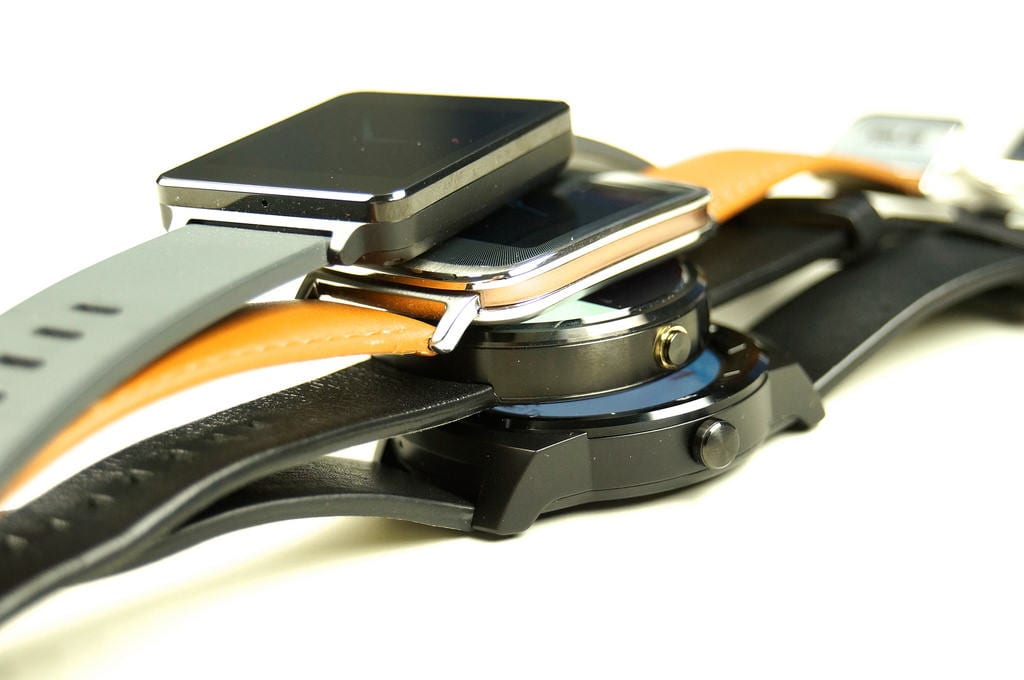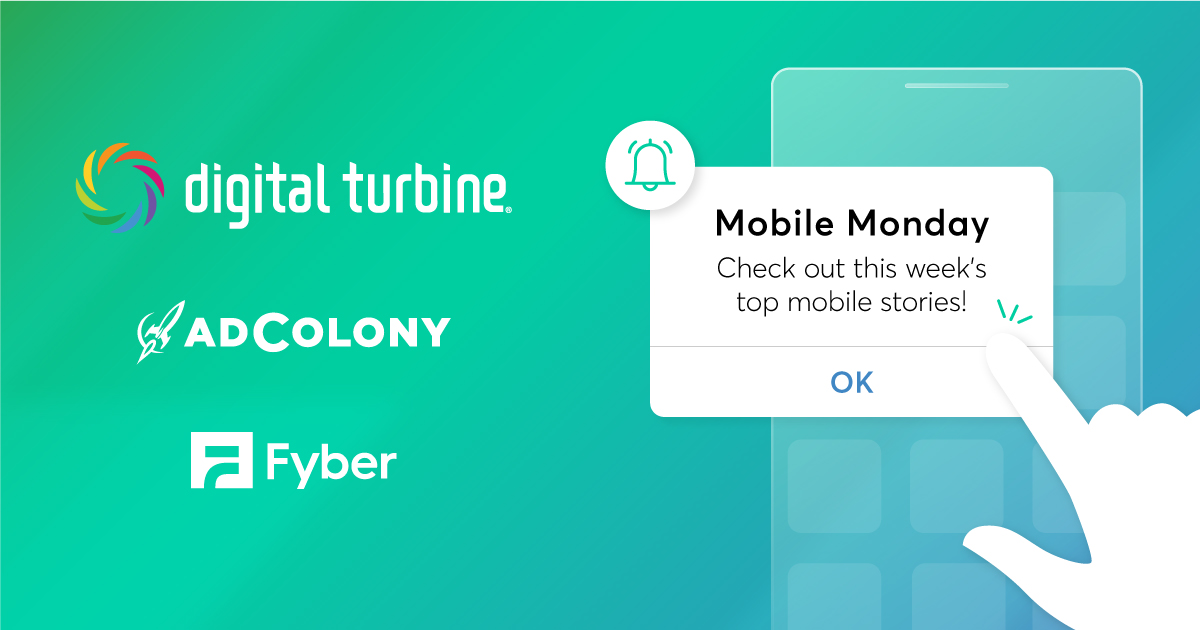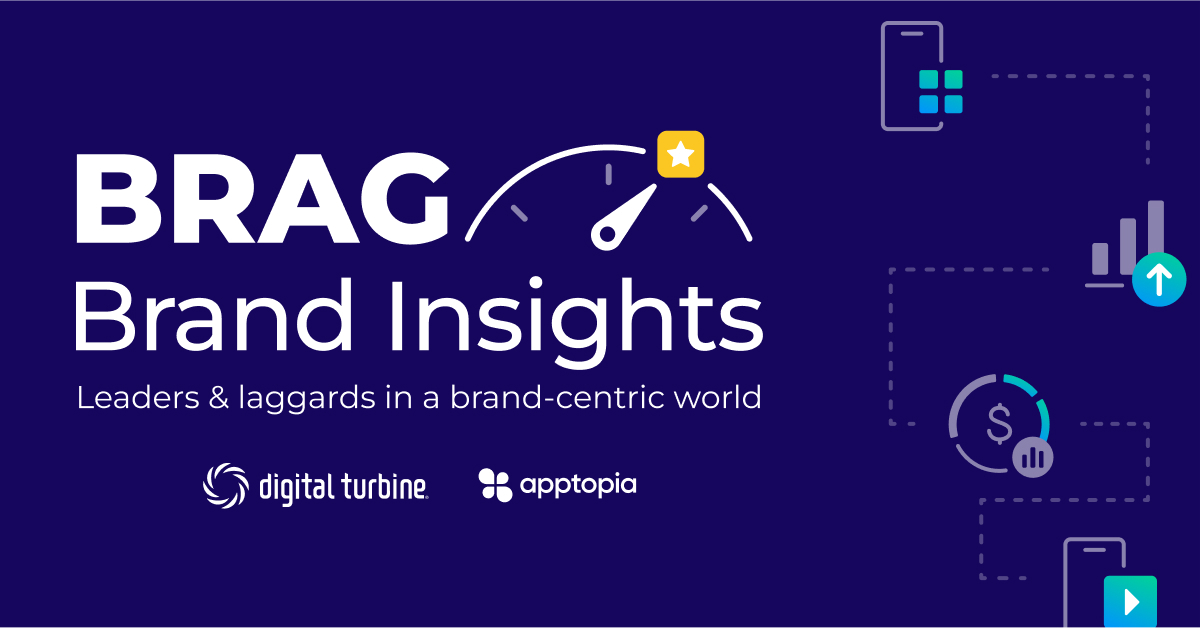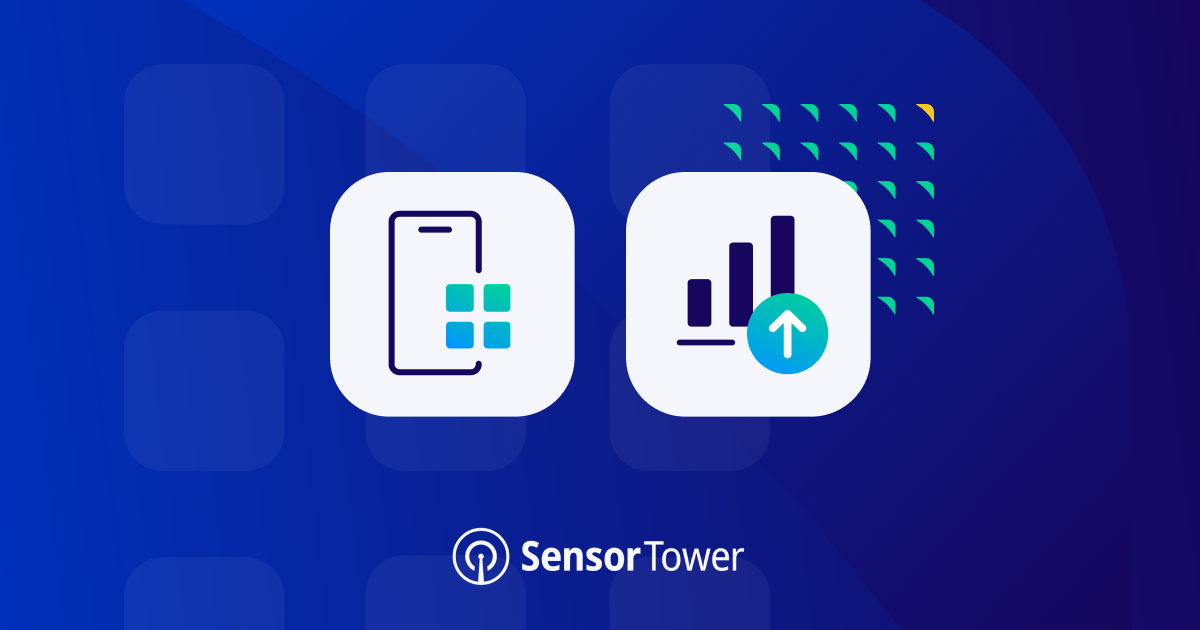The time frame: The mid 80s. The must-have gadget: A Sony Walkman. The verdict: Almost perfect, except for the fact that when I clipped it to my belt, the Walkman made it somewhat awkward to sit down.
Still, given how long I’d been asking for one, there was no way that I was going to admit that to my mother. Besides, I didn’t really care, because its core function – the ability to play cassette tapes – was what mattered. And as one of the early forms of wearables, the Walkman was a success.
Things are obviously different now. The physical fit of a smart watch, smart eyewear, or other wearable gadget still matters, but how the apps they run “feel” to customers will likely be more of a deciding factor in a given device’s success. For developers, making wearable apps that “feel” good could be infinitely rewarding.
On the other hand, developers that are already struggling to monetize apps, boost engagement, or even get them found may wonder whether wearable apps are really worth their limited time and resources.
I’ve spoken to a lot of people in this space about the pros and cons, and the general consensus is that while wearables can’t be overlooked, no one is sure of what success on such devices really looks like yet.
If you’re an app developer mulling over whether to take the leap, there are five factors to consider:
1. Seek API alternatives
Although the industry expects both Apple and Google to deliver more wearable development tools later this year, there’s no need to wait for them to get started.
There are plenty of APIs and software development kits (SDKs) from a wide range of vendors that can help not only adapt existing apps to smart watches and the like, but piggy-back on nascent wearable experiences that are already somewhat proven – such as apps for the fitness or health sectors.
No one has to start completely from scratch. The Open Mobile Association’s API inventory may be a place to start.
2. Be prepared for some wardrobe changes
One of the biggest question marks around wearable devices is which features will have lasting impact, and which will be forgotten as quickly as last year’s runway shows during Paris Fashion Week. A study from Juniper Research forecast that, despite growing momentum between now and 2019, wearable devices will be abandoned by 75 percent of consumers within just six months.
Developers have always had a short window of opportunity to retain app users, but the hardware they run on may soon be equally at risk of obsolescence. Cross-platform compatibility is going to take on a whole new level of importance.
3. Don’t assume it’s all in the wrist — or the eyes
Although the forthcoming Apple Watch, the Pebble Watch, and the now-discontinued Google Glass are the most-cited examples of wearable devices, app developers should think more broadly about the opportunities.
A recent report from the App Developers Alliance on wearables discusses the scope of “smart clothing” such as shirts that can track body temperature, or socks that act as a new form of odometer. It might be easier to stand out and make an impact by creating mobile experiences for less-obvious things than a smart watch or smart eyewear.
4. One size will never fit all
If you thought reconfiguring an app user interface from a smartphone to a tablet was hard, designing for wearables is going to feel like climbing Mt. Everest. Scrolling, swiping and tapping may soon be replaced with glancing, blinking, waving and who knows how many other mechanics.
Start brainstorming now. I loved how Wired magazine reimagined how popular apps like Uber and Foursquare might look on Apple’s iWatch. If you have a portfolio of apps, you should be doing the same.
5. Amp up your analytics
The most successful mobile developers have usually focused not only on making a great-looking app that runs well, but coming up with a smart strategy to collect and act upon information about their users. Wearable devices, which could be used far more often than even the most die-hard addict clings to their smartphone today, opens the possibility of much more data.
Before you even create a wearable app, it might be best to think through the collection, storage, management and insight you’ll need to derive in order to make it a sustainable, profitable product.
The Bottom Line
Wearable apps may not seem like a high priority right now, but think about the way the fashion industry works – the designers and fashionistas tend to be at least one season ahead. Call them the early adopters in this case. Keeping the five above factors in mind, it’s best to get cracking on a wearable strategy now – before developing apps for “just a smartphone” or “just a tablet” becomes oh-so-
Photo credit: via photopin (license).
Join the Conversation
What are your thoughts? Comment below or tweet @AdColony. For the latest AdColony mobile news and updates, follow @AdColony on Twitter, like us on Facebook, or connect on Linkedin.



